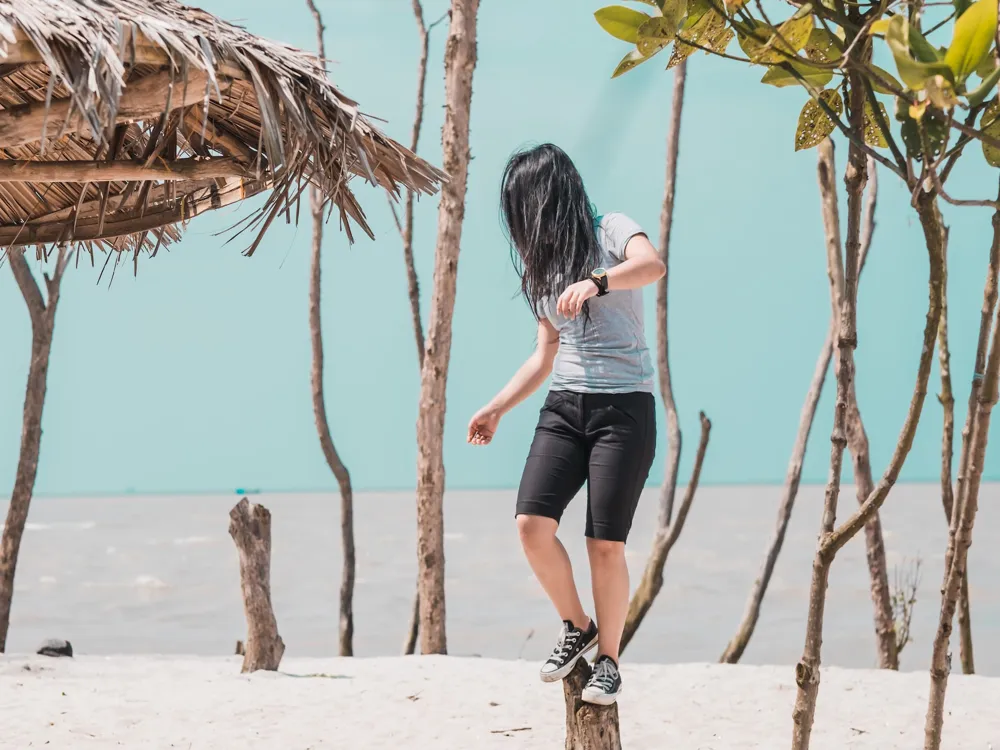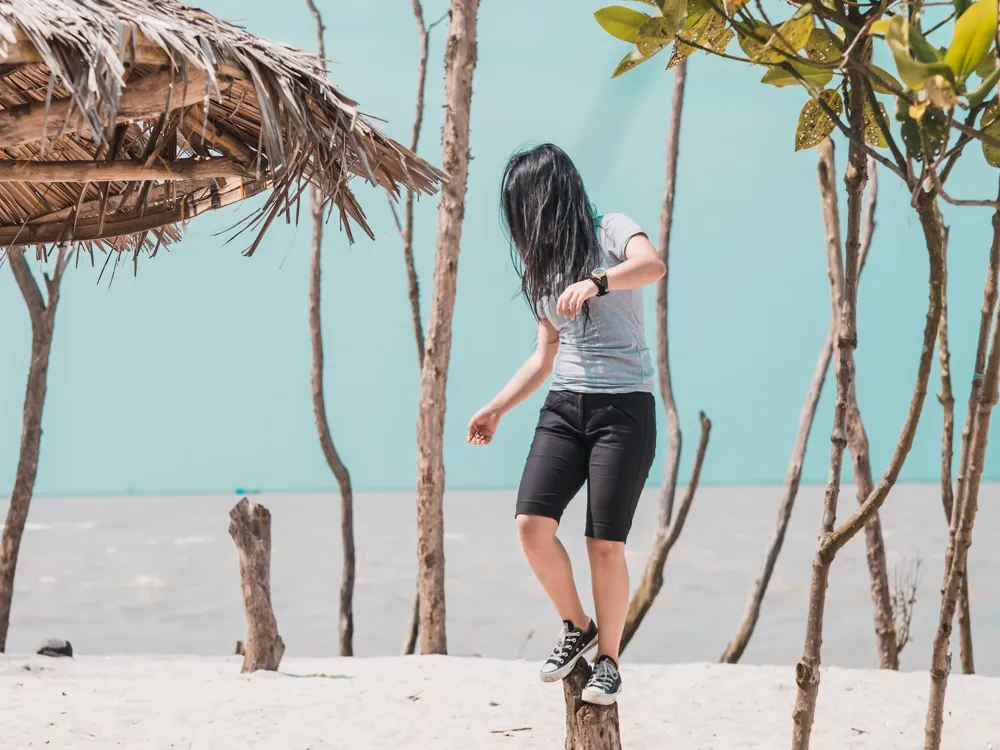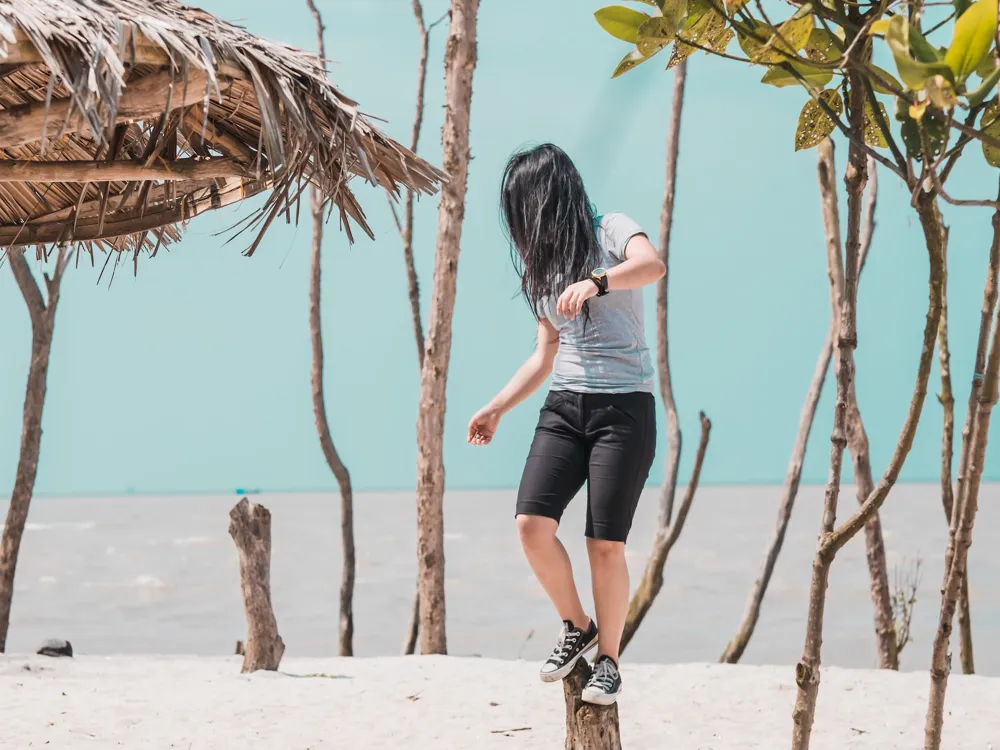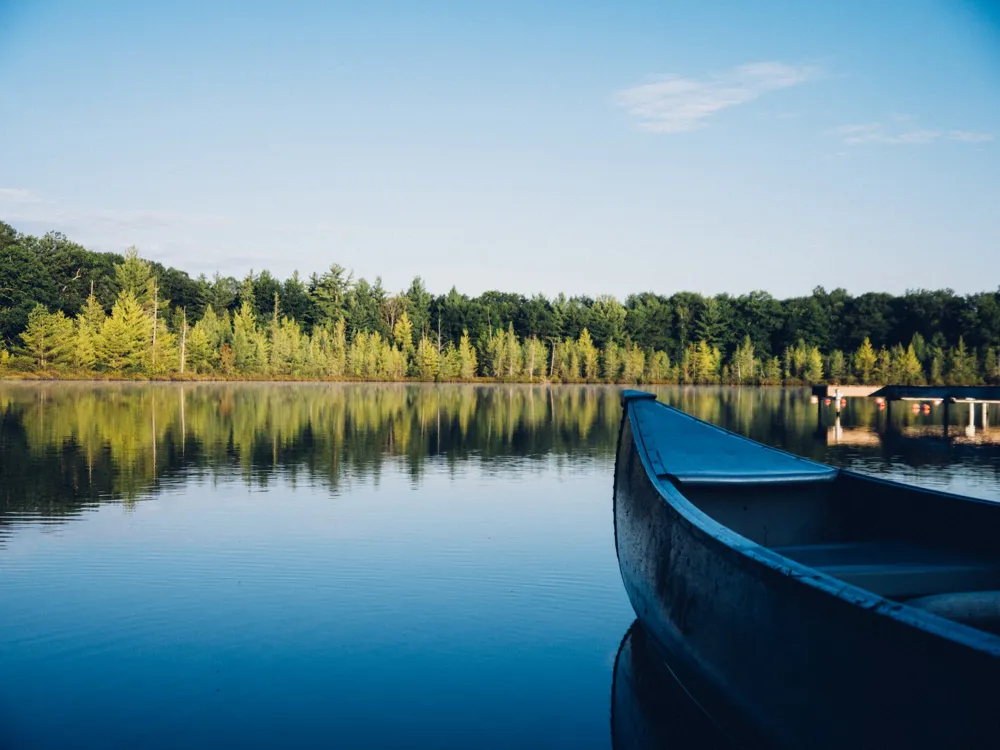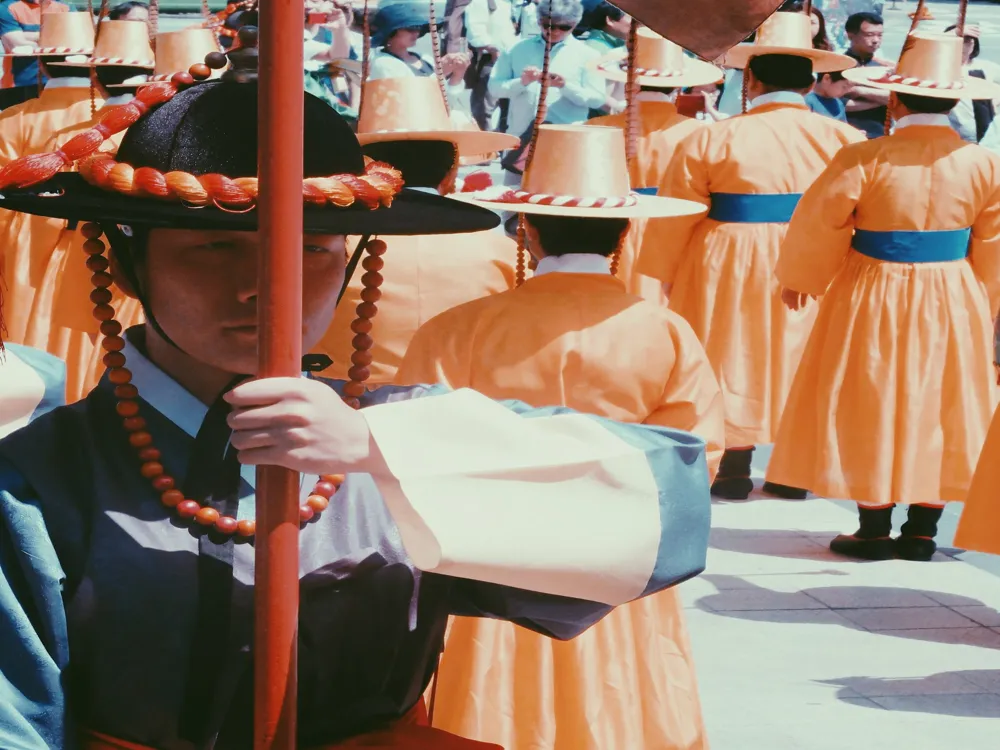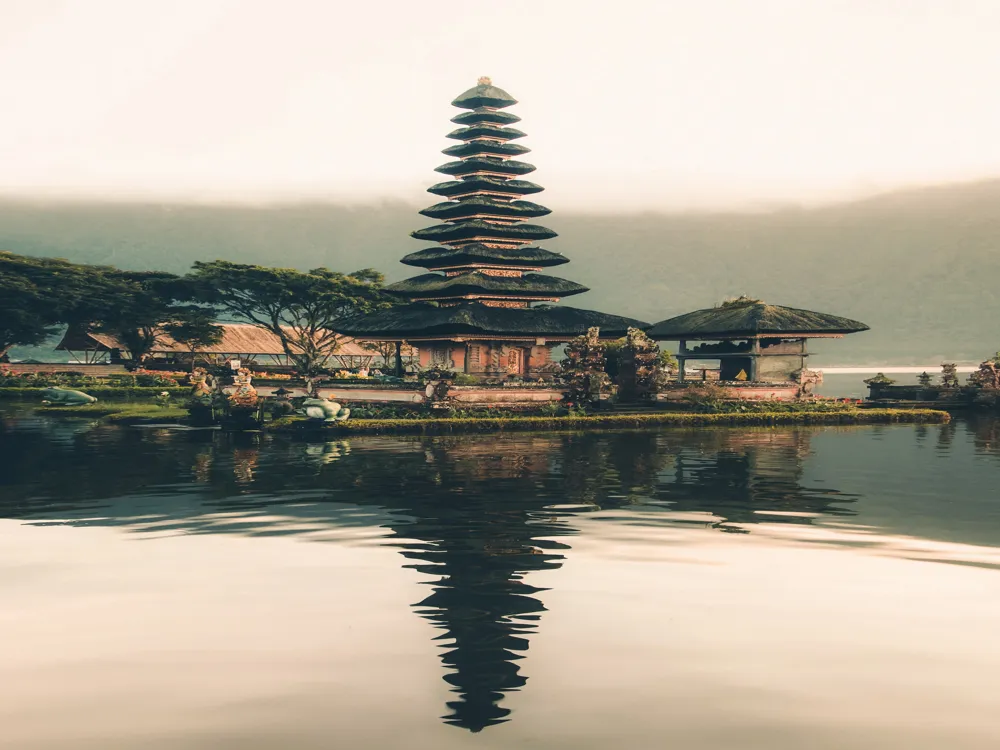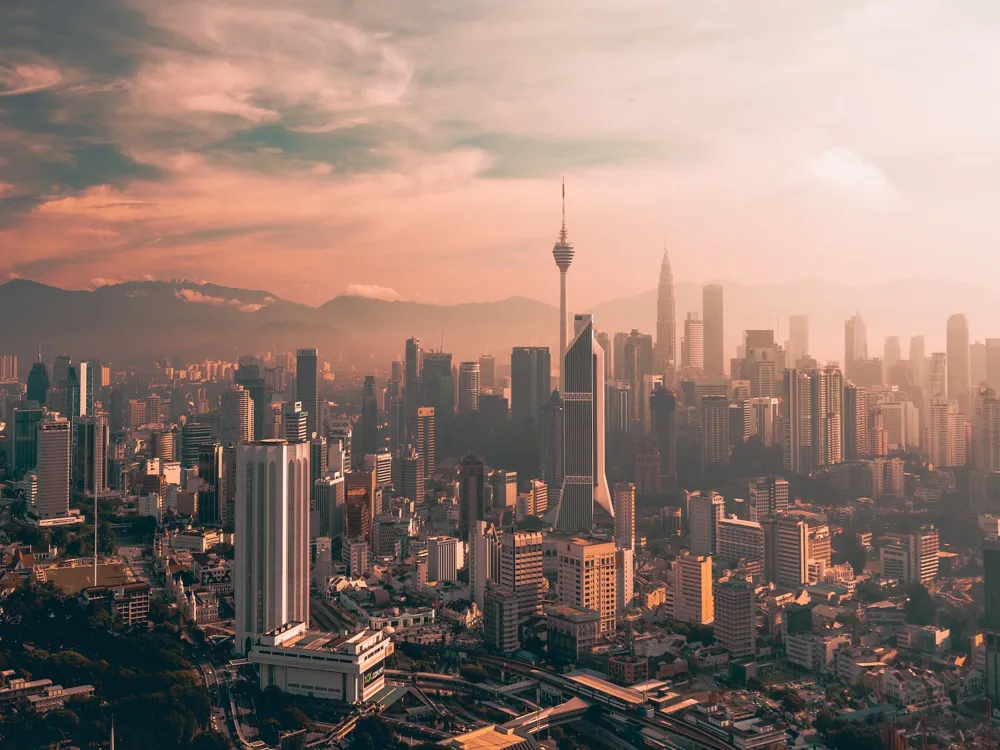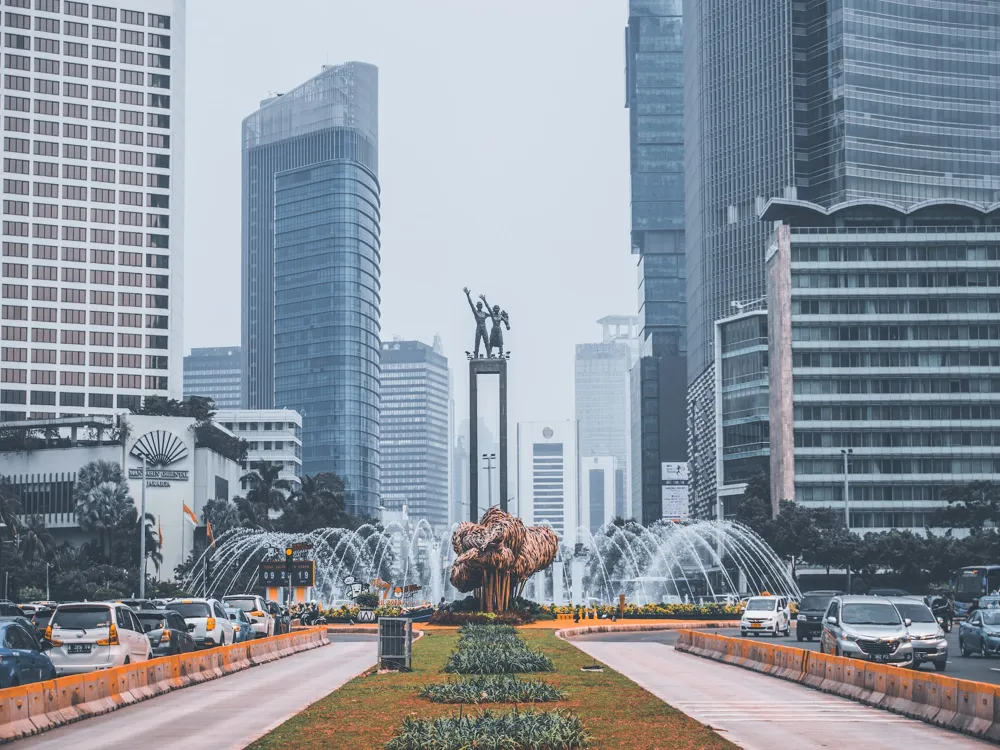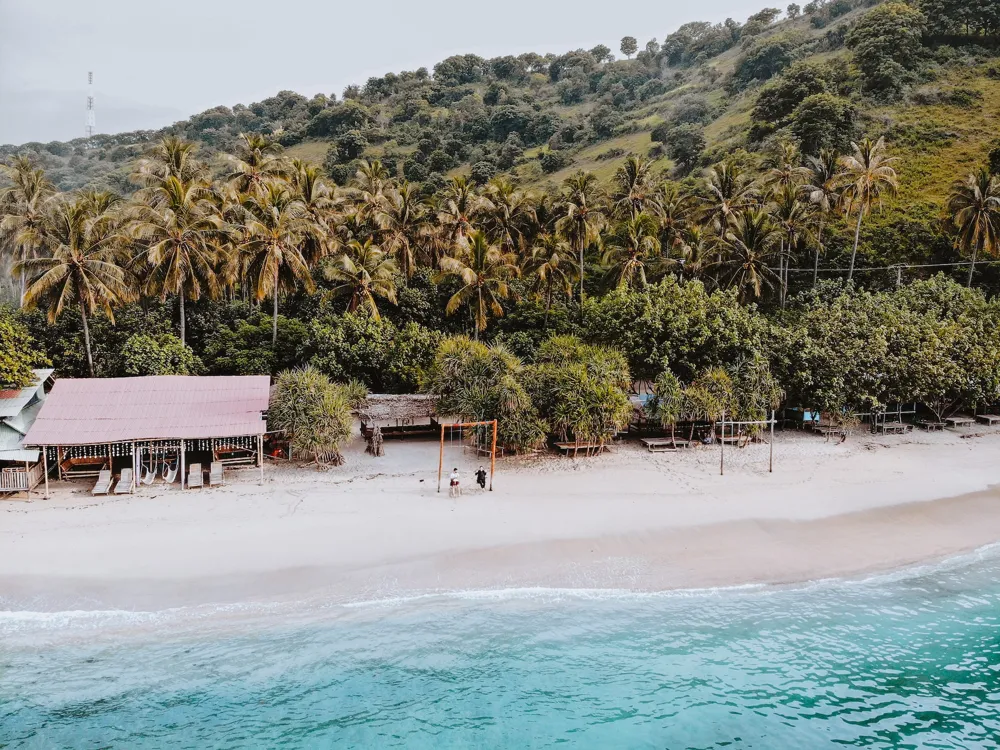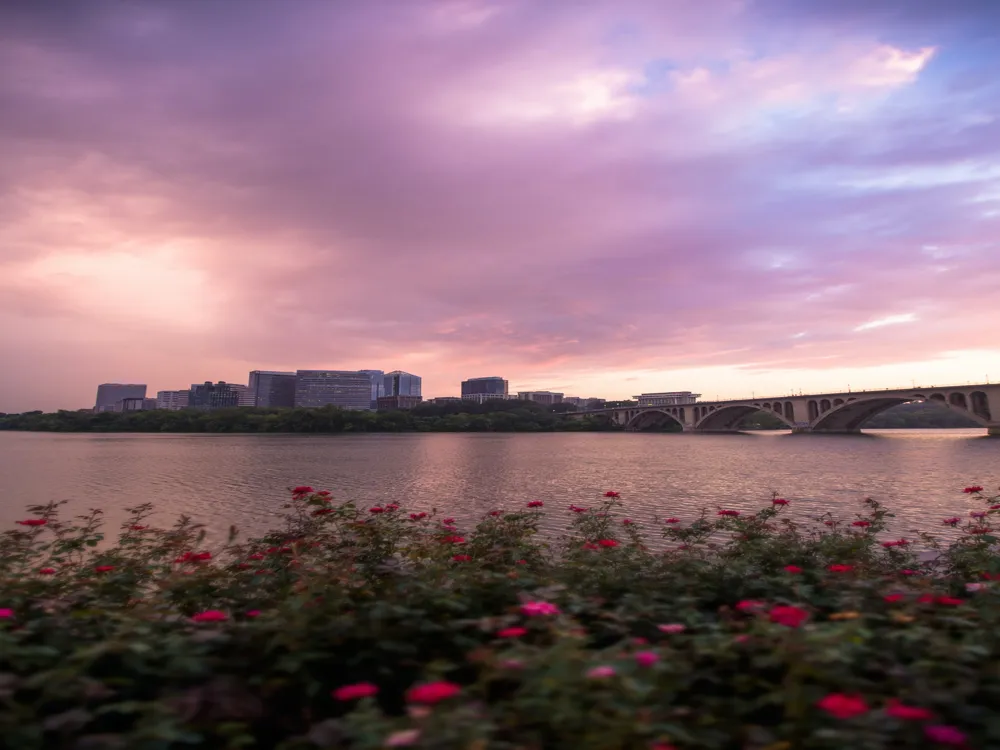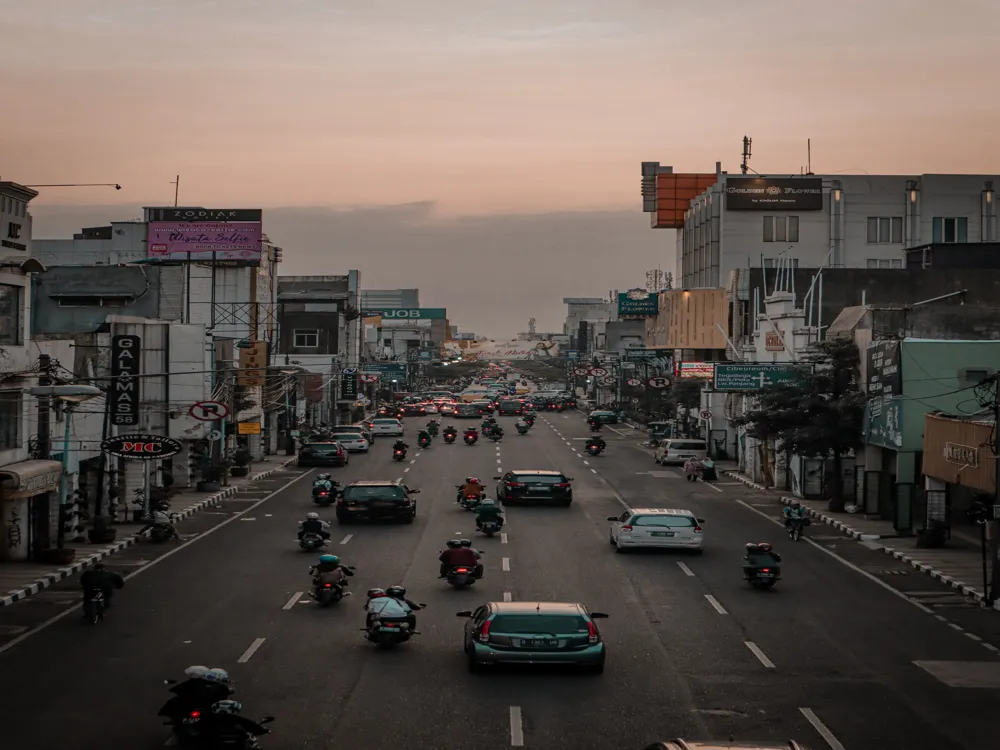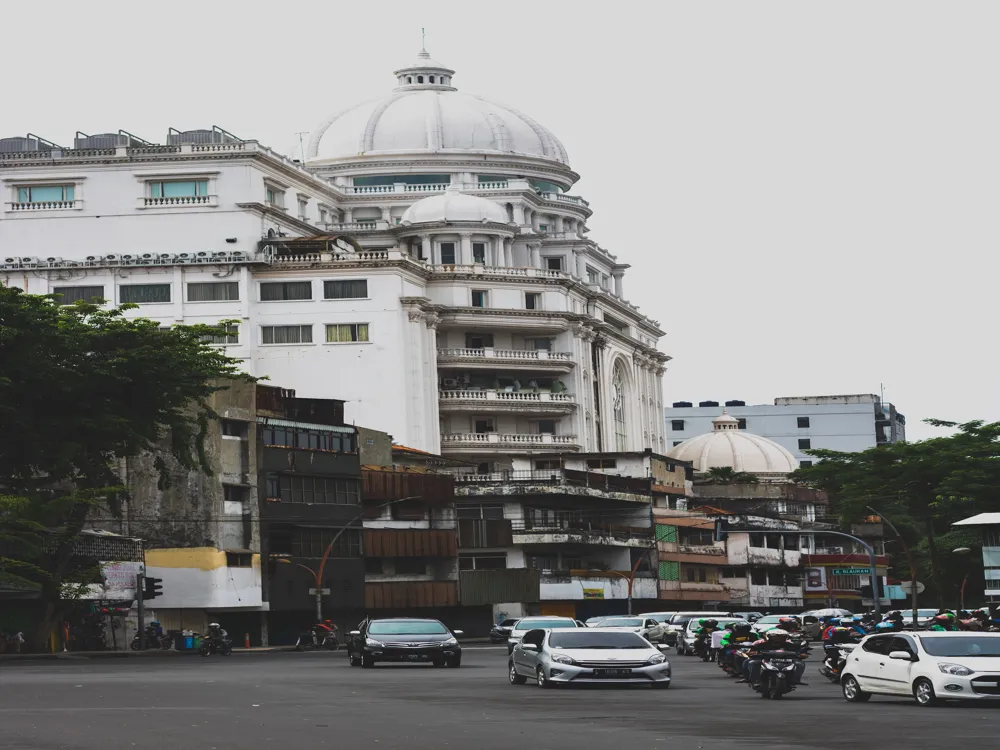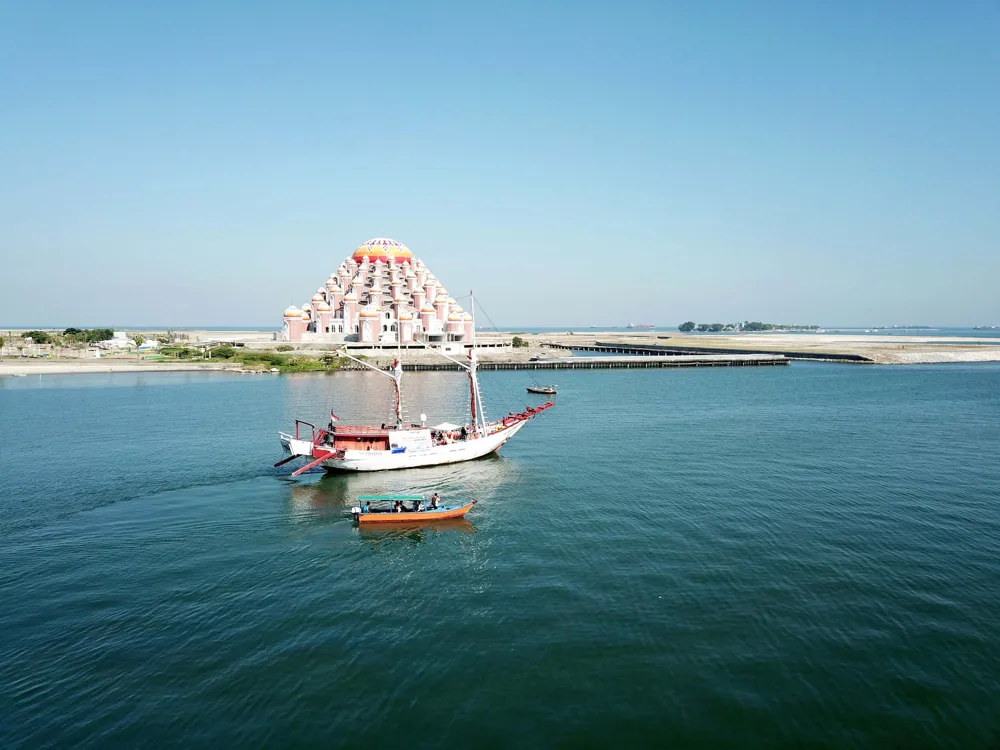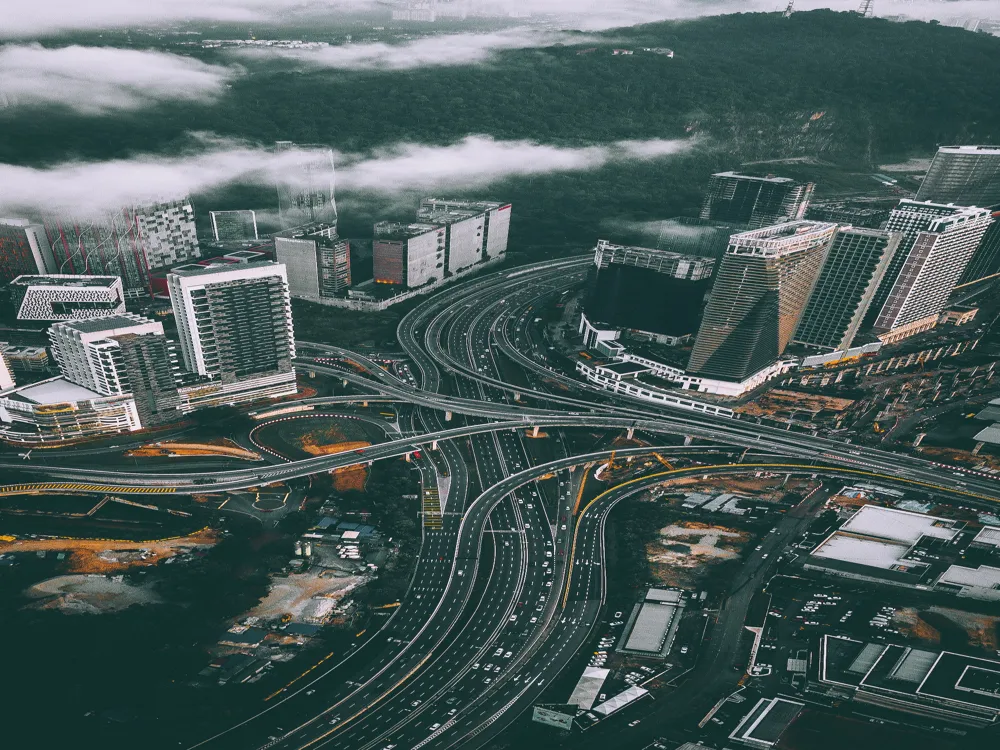Nestled in the sparkling waters of the Strait of Malacca, Pandang Island, a hidden gem near Medan, Indonesia, is a haven for travelers seeking tranquility and natural beauty. This picturesque island is renowned for its lush green landscapes, pristine beaches, and rich cultural heritage, making it an ideal destination for those looking to escape the hustle and bustle of city life. The island's unique ecosystem, home to a diverse range of flora and fauna, adds to its allure, attracting nature enthusiasts and adventure seekers alike.
The history of Pandang Island is as fascinating as its landscapes. Once a crucial trading post in the ancient maritime Silk Road, it played a significant role in the cultural and economic exchange between the East and the West. This historical significance is evident in the island's architecture, cuisine, and traditions, which are a melting pot of diverse influences. Moreover, the friendly locals, with their warm hospitality, make visitors feel at home, offering an authentic experience of island life.
Visitors to Pandang Island can indulge in various activities, from snorkeling and diving in its crystal-clear waters to exploring its dense tropical forests. The island's coral reefs are a snorkeler's paradise, boasting a vibrant underwater world teeming with colorful marine life. Hiking enthusiasts can embark on trails leading to panoramic viewpoints, offering breathtaking views of the surrounding seascape.
Another aspect that makes Pandang Island a must-visit destination is its commitment to sustainable tourism. Efforts to preserve the natural environment and promote eco-friendly practices are evident, ensuring that the beauty of the island remains unspoiled for future generations. This balance of natural beauty, rich history, and sustainable practices makes Pandang Island not just a tourist destination, but a holistic experience that leaves a lasting impression on its visitors.
The architecture of Pandang Island is a testament to its rich historical tapestry and cultural diversity. The island's buildings and structures are a unique blend of indigenous designs and influences from various eras and cultures, including Malay, Dutch, and Chinese. This architectural melange is evident in the island's residential, religious, and public buildings, each telling a story of the island's past and present.
One of the most striking features of Pandang Island's architecture is the traditional Rumah Batak houses. These intricately designed wooden houses, with their distinctive boat-shaped roofs, are a symbol of the island's indigenous heritage. The craftsmanship involved in these structures reflects the skill and artistry of the Batak people, and their design is not only aesthetically pleasing but also functional, providing ventilation and protection from the tropical climate.
The colonial era has left its mark on the island's architecture as well. Dutch colonial buildings, characterized by their sturdy construction, high ceilings, and large windows, are scattered across the island. These buildings, often repurposed as museums or government offices, showcase the blend of European architectural styles with local materials and techniques. The fusion of these styles creates a unique architectural landscape that adds to the charm of Pandang Island.
Another notable aspect of the island's architecture is the influence of Chinese settlers, visible in the design of temples and shop houses. The Chinese temples, with their ornate decorations, vibrant colors, and intricate roof designs, stand as a testament to the cultural exchange between the Chinese immigrants and the local community. The shop houses, with their narrow facades and functional design, reflect the adaptation of Chinese architectural principles to the local context.
The architecture of Pandang Island is not just about the past; it also encompasses modern design principles. Contemporary buildings on the island incorporate sustainable practices and environmentally friendly materials, reflecting the island's commitment to preserving its natural beauty. This blend of traditional and modern architecture makes Pandang Island a living museum of architectural evolution, offering a glimpse into the island's history and its journey into the future.
The ideal time to visit Pandang Island is between May and September when the weather is dry and sunny, perfect for beach activities and exploring the island.
Respect the local customs and traditions. Dress modestly, especially when visiting religious sites, and always ask for permission before taking photographs of locals.
The best way to explore the island is by renting a scooter or bicycle. This allows for greater flexibility and the opportunity to discover hidden gems off the beaten path.
Don't miss out on the local cuisine. Try local dishes like Nasi Padang and Sate Padang, and enjoy fresh seafood at the beachside restaurants.
Always carry a basic first-aid kit and stay hydrated. Be mindful of water safety while swimming or engaging in water sports.
Reaching Pandang Island is a journey that adds to the overall experience. The nearest airport is Kualanamu International Airport in Medan. From Medan, travelers can take a bus or taxi to the port city of Parapat, which is the gateway to Pandang Island. From Parapat, a short ferry ride across the stunning Lake Toba will bring visitors to the shores of Pandang Island, where an adventure of a lifetime awaits.
The journey to Pandang Island, though requiring some planning, is part of the island's charm. The transition from the bustling city of Medan to the tranquil surroundings of the island is a transformative experience, offering travelers a glimpse into the diverse landscapes and cultures of Indonesia. Once on the island, the ease of accessibility to various attractions and the warm hospitality of the locals make every moment spent on Pandang Island memorable and rewarding.
Overview of Pandang Island
Architecture of Pandang Island
Tips When Visiting Pandang Island
Best Time to Visit
Local Customs and Etiquette
Transportation on the Island
Food and Dining
Safety and Health Precautions
How To Reach Pandang Island
Pandang Island
Medan
NaN onwards
View medan Packages
Medan Travel Packages
View All Packages For Medan
Top Hotel Collections for Medan

Private Pool

Luxury Hotels

5-Star Hotels

Pet Friendly
Top Hotels Near Medan
Other Top Ranking Places In Medan
View All Places To Visit In medan
View medan Packages
Medan Travel Packages
View All Packages For Medan
Top Hotel Collections for Medan

Private Pool

Luxury Hotels

5-Star Hotels

Pet Friendly







